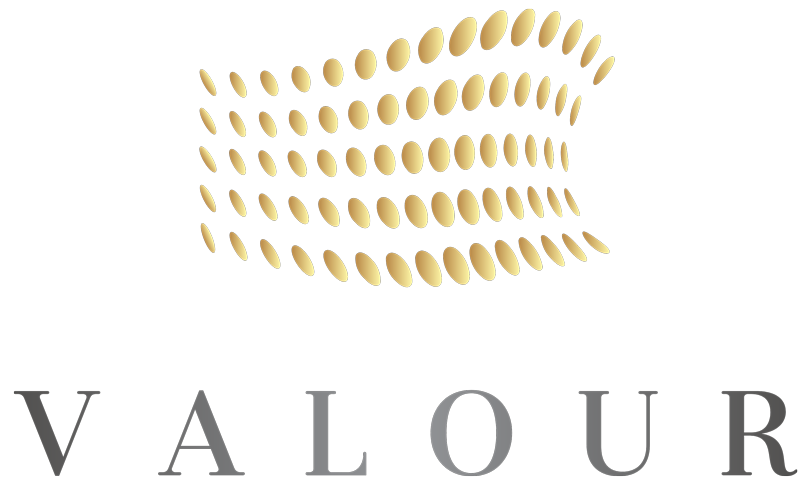CAT4 Test for UK Private School Admissions
1. What is CAT4?
The Cognitive Abilities Test (CAT4) is a standardized assessment designed to evaluate students’ cognitive abilities. Widely used in the UK, it assesses the learning potential and thinking skills of students aged 7 to 17, with the level of difficulty adjusted according to the student’s year group.
CAT4 helps schools gain valuable insights into each student’s strengths and areas for development, enabling more effective differentiated instruction tailored to individual learning needs.
2. Test Format and Question Types
Test Format
The CAT4 is administered in a computer based format and must be taken at a school or an officially approved testing center.
There are four types of questions, and the total testing time is no more than 45 minutes. All questions are multiple choice, and the test primarily includes the following areas:
-
Verbal Reasoning:
- Verbal Classification: Assesses a student’s ability to understand relationships between words. Students are required to identify words or phrases that share a similar relationship.
 The correct answer is cloud. All words describe things that are usually coloured only in a white colour. Zebra and panda are incorrect because they are coloured in black and white. Apple and lion are incorrect because they do not have a white colour.
The correct answer is cloud. All words describe things that are usually coloured only in a white colour. Zebra and panda are incorrect because they are coloured in black and white. Apple and lion are incorrect because they do not have a white colour.
- Verbal Analogies: Requires students to identify the word that has a logical relationship similar to that of a given pair of words.

The correct answer is foal. A puppy is a baby dog, just like a foal is a baby horse. Pony is incorrect because it refers to a type of horse that is small, but not a baby horse. Stallion is incorrect because it is an adult male, ungelded horse. Cat is incorrect because it is a different animal than a horse. Hoof is incorrect because it is a body part of a horse.
- Verbal Classification: Assesses a student’s ability to understand relationships between words. Students are required to identify words or phrases that share a similar relationship.
-
Spatial Ability:
- Number Series:This section tests students’ ability to understand number patterns and sequences by identifying or predicting the next number in a series.
 The correct answer is 3. In this series, the pattern is as follows: first, 2 is added, then 4 is subtracted; then 2 is added again, then 4 is subtracted, and so on. The pattern is: +2, -4, +2, -4, … The last two numbers in this series are 5 and 7. 7 is larger than 5 by 2, so the next number in the series should be smaller than 7 by 4. 7–4 = 3 Therefore, 3 is the correct answer.
The correct answer is 3. In this series, the pattern is as follows: first, 2 is added, then 4 is subtracted; then 2 is added again, then 4 is subtracted, and so on. The pattern is: +2, -4, +2, -4, … The last two numbers in this series are 5 and 7. 7 is larger than 5 by 2, so the next number in the series should be smaller than 7 by 4. 7–4 = 3 Therefore, 3 is the correct answer. - Number Analogies: Similar to verbal analogies, this section requires students to identify numbers that share the same logical relationship from a given set.
 The correct answer is 26. The simple possible connection between the numbers in the first pair (15 → 50) is: 15 + 35 = 50. However, the second pair (10 → 35) does not share that same connection, as: 10 + 35 ≠ 35 (notice that the difference is 25: 10 + 25 = 35) Therefore, there must be a more complex connection. Since 50 is not divisible by 15, a possible connection would be one made from multiplication and addition/subtraction. Some of the possibilities are: 15 × 2 + 20 = 50 / 15 × 3 + 5 = 50 / 15 × 4 – 10 = 50. More connections can be written; however, you should try the simple ones first. Checking those connections on the second pair yields: 10 × 2 + 20 = 40 ≠ 35 / 10 × 3 + 5 = 35 / 10 × 4 – 10 = 30 ≠ 35. The connection which applies for both pairs is the second one, which is: X × 3 + 5, where X is the number on the left side of the pair. Therefore, the correct answer is 7 × 3 + 5 = 26.
The correct answer is 26. The simple possible connection between the numbers in the first pair (15 → 50) is: 15 + 35 = 50. However, the second pair (10 → 35) does not share that same connection, as: 10 + 35 ≠ 35 (notice that the difference is 25: 10 + 25 = 35) Therefore, there must be a more complex connection. Since 50 is not divisible by 15, a possible connection would be one made from multiplication and addition/subtraction. Some of the possibilities are: 15 × 2 + 20 = 50 / 15 × 3 + 5 = 50 / 15 × 4 – 10 = 50. More connections can be written; however, you should try the simple ones first. Checking those connections on the second pair yields: 10 × 2 + 20 = 40 ≠ 35 / 10 × 3 + 5 = 35 / 10 × 4 – 10 = 30 ≠ 35. The connection which applies for both pairs is the second one, which is: X × 3 + 5, where X is the number on the left side of the pair. Therefore, the correct answer is 7 × 3 + 5 = 26.
- Number Series:This section tests students’ ability to understand number patterns and sequences by identifying or predicting the next number in a series.
-
Non-verbal Reasoning:
- Figure Classification:Students are required to identify the relationship between shapes or patterns and select the shape that fits the same relationship.

The correct answer is 3. All pictures consist of two identical figures mirroring one another horizontally. The only choice that follows that pattern is 3. Answer 1 contains two identical figures with the same orientation (no mirroring). In answer 2, the figures do not mirror one another – just an upside-down copy of one another. In answer 4, the figures are different in size. In answer 5, the figures touch each other and share a side – in contrast to all three pictures in the question. - Figure Matrices: Students need to observe the blank space in a pattern and choose the correct shape to fill it.
 The correct answer is 5. In this question, in the top row, from left to right, the figure rotates 90° counterclockwise and changes from white to black. Therefore, for the second row, the figure on the left should rotate 90° counterclockwise and change from black to white. Hence, the 5th choice is the correct answer.
The correct answer is 5. In this question, in the top row, from left to right, the figure rotates 90° counterclockwise and changes from white to black. Therefore, for the second row, the figure on the left should rotate 90° counterclockwise and change from black to white. Hence, the 5th choice is the correct answer.
- Figure Classification:Students are required to identify the relationship between shapes or patterns and select the shape that fits the same relationship.
-
Spatial Ability:
- Figure Analysis: Students are required to mentally rotate a shape and identify the matching pattern.

The correct answer is 2.

 –The paper has one hole punched and is folded 3 times.
–The paper has one hole punched and is folded 3 times.
-If we open the first crease which covers one hole it would result in the next picture having 2 holes.
-If we open the second crease which covers 2 holes it would result in the next picture having 4 holes.
-If we open the third crease which covers 4 holes it would result in the final picture having 8 holes.
Answers 3 and 5 are incorrect because they do not have 8 holes. Answer 4 is incorrect because the hole placement is wrong. - Figure Recognition: This section assesses students’ visual recognition skills by asking them to identify the corresponding shape based on a single 2D figure.

The correct answer is 4.
- Figure Analysis: Students are required to mentally rotate a shape and identify the matching pattern.
3. Score Interpretation

Standard Age Score, SAS
The core scoring method of CAT4 is the Standard Age Score (SAS). This converts raw scores into standardised scores adjusted for the student’s age. The SAS provides a benchmark for comparing a student’s performance against peers of the same age, offering a more accurate reflection of their relative cognitive ability.
The main score to review is the Standard Age Score (SAS), with a maximum possible score of 145. The average SAS score in the UK is 100.
-
Scores below 74 indicate low cognitive ability.
-
Scores between 89 and 111 fall within the average range.
-
Scores above 127 are considered to reflect very high cognitive ability.
A score around 140 places a student in the top 5% of cognitive ability nationwide in the UK.
- National Percentile Rank (NPR):
The percentile rank shows a student’s relative position within their age group. For example, if a student has an NPR of 75, it means their score is higher than 75% of their peers. This scoring method helps schools quickly understand a student’s relative performance.
Stanines (ST):
Another commonly used CAT4 score is the Stanine, which divides student scores into nine bands ranging from 1 (lowest) to 9 (highest), with 5 representing the median. This simple scoring scale categorizes students into different ability groups.
Below is a reference chart:


